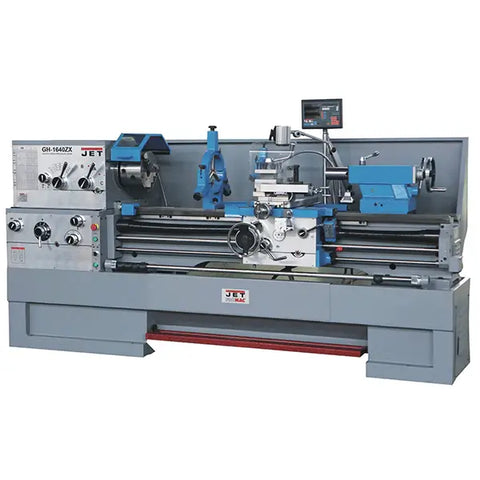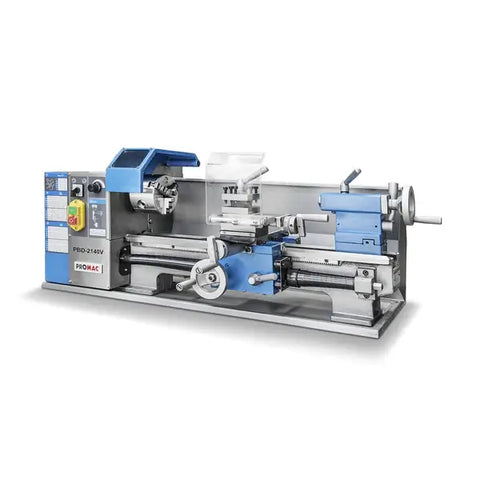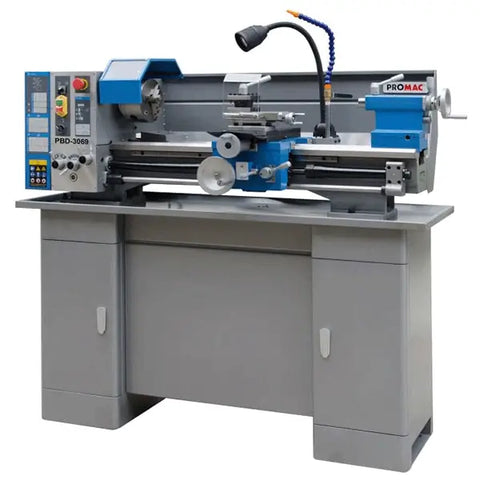
Understanding How A Lathe Chuck Works | Quick Guide
Welcome to our quick guide on understanding how a lathe chuck works. Whether you are new to machining or have been in the industry for years, having a solid understanding of lathe chuck operation and function is essential. The lathe chuck is a crucial component in machining processes, enabling precise cutting and shaping of workpieces.
In this guide, we will provide you with a comprehensive overview of how a lathe chuck works, exploring its operation and function. By the end, you will have a deeper understanding of this vital tool and be well-equipped to optimize your machining operations.

Key Takeaways:
- A lathe chuck is an essential tool in machining processes.
- Understanding how a lathe chuck works is crucial for precise cutting and shaping of workpieces.
- The lathe chuck securely grips and rotates the workpiece to facilitate machining.
- Components like jaws, spindle, and body work together to ensure efficient operation of the lathe chuck.
- There are different types of lathe chucks available, each with specific applications.

Exploring the Components and Mechanism of a Lathe Chuck
In this section, we will delve into the various components and mechanism that make up a lathe chuck. We will discuss the different parts of a lathe chuck, such as the jaws, body, and spindle, and explain how they work together to hold and rotate the workpiece. Additionally, we will explore different types of lathe chucks and their specific applications.
When it comes to lathe chuck parts, the jaws are an integral component. These adjustable gripping devices are responsible for securely holding the workpiece in place. The body of the lathe chuck houses the jaws and is typically mounted onto the lathe's spindle. The spindle is responsible for rotating the lathe chuck and the workpiece, enabling efficient machining operations.
The lathe chuck mechanism consists of various interconnected parts that allow for precise control over the gripping and rotation of the workpiece. The jaws are adjusted using a key or wrench, tightening or loosening their grip as needed. This mechanism ensures stability and accuracy during machining processes.
Lathe chuck assembly involves carefully putting together the various components to ensure proper functioning. It requires attention to detail and meticulousness to guarantee optimal performance and safety. Understanding the assembly process is essential for efficient maintenance and troubleshooting.
There are different types of lathe chucks available, each designed for specific applications. Some common types include three-jaw chucks, four-jaw chucks, and collet chucks. Each type offers unique advantages depending on the workpiece requirements, such as precision, gripping strength, and versatility.
By exploring the components and mechanism of a lathe chuck, you will gain a comprehensive understanding of how this crucial tool operates. This knowledge will empower you to effectively utilize and maintain a lathe chuck, optimizing your machining processes and achieving exceptional results.

Conclusion
In conclusion, understanding how a lathe chuck works is essential for anyone involved in machining processes. The lathe chuck plays a crucial role in securely gripping and rotating the workpiece, enabling precise cutting and shaping.
By grasping the key concepts outlined in this guide, you will be equipped with the knowledge to effectively operate a lathe chuck and optimize your machining operations.

